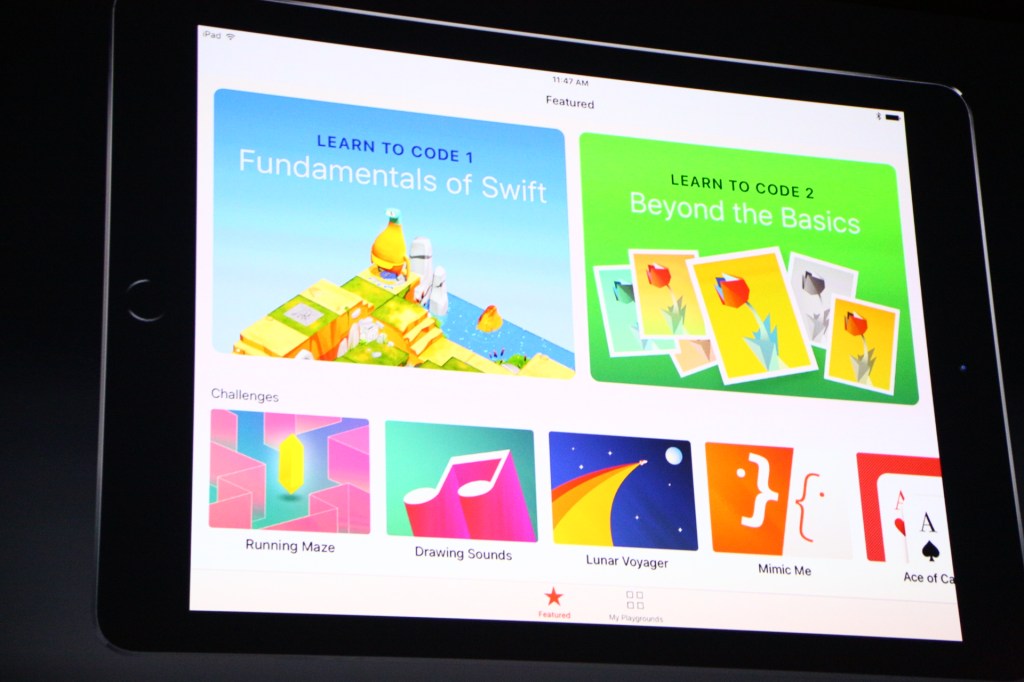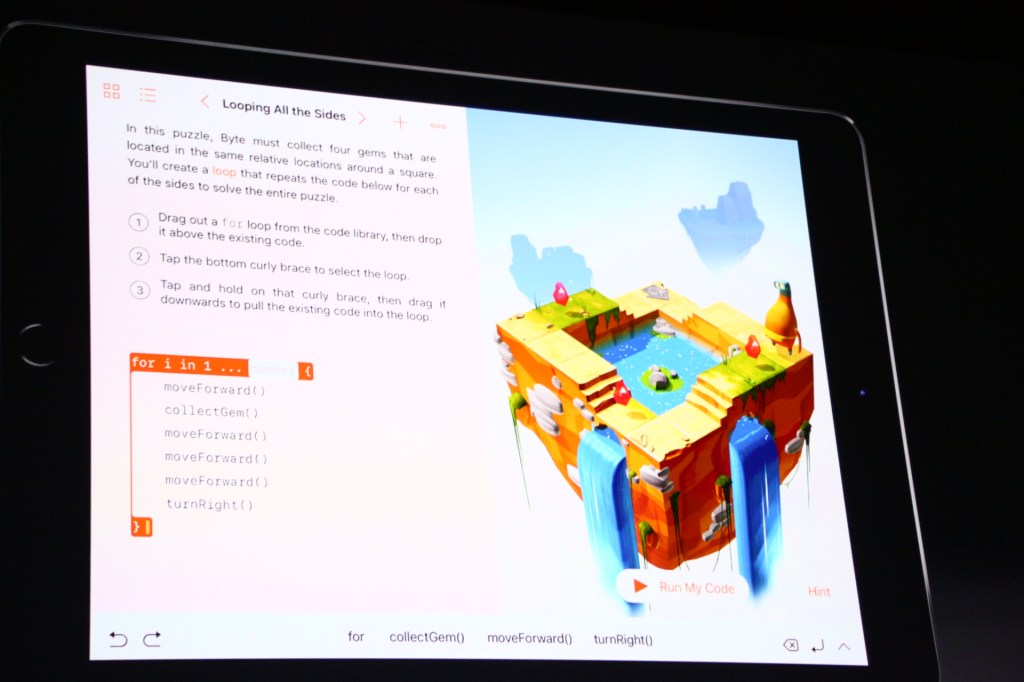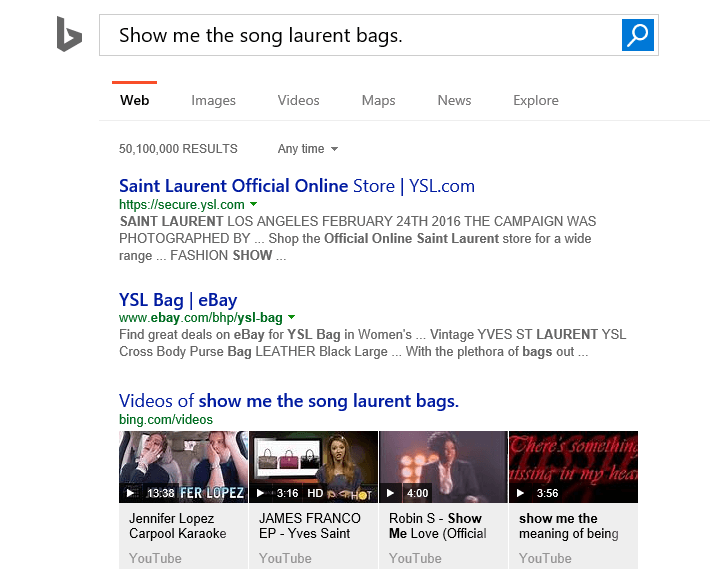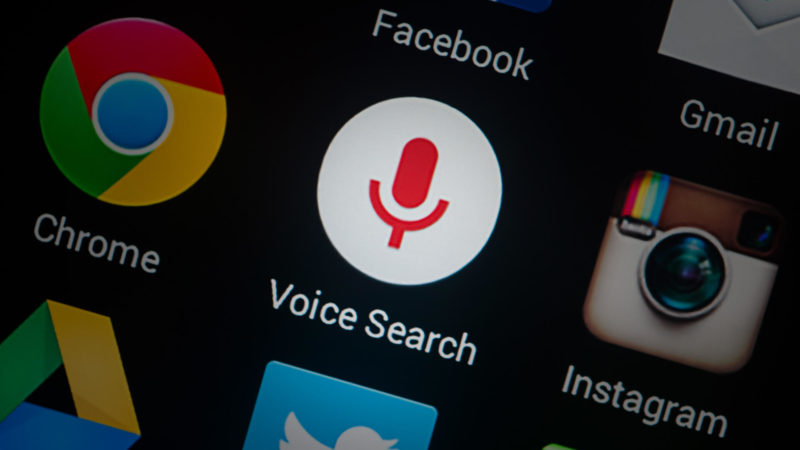The 7 Best Ad and Landing Page Elements to Boost Online Conversions
When it comes to success with paid search, it’s not just about ad copy. You have to pay attention to your ad extensions and your landing pages as well.
In this article, Mona Elesseily from Search Engine Land discusses the specific ad features and page elements that searchers/shoppers want when they’re shopping online. She also covers ways to also incorporate the elements using PPC/paid search.
1. Images
Seventy-eight percent of shoppers want images.
Shoppers respond well to images. It’s the reason Google has been and is continuing to increase the number of images we see on search engine results pages (SERPs). It’s also the reason good online retailers allow us to zoom in and view products from different angles.
An awesome way to increase the number of images in the SERPs is to use product listing ads (if applicable). We love how product ads allow us to take up space and show more than one product in the shopping pack. We like adding ad annotations like price drop alerts (in Bing), merchant badges and product ratings to make ads pop even more and grab buyer attention.
Focusing on feeds now will pay dividends in the future, as shopping feeds will likely appear in more places in the SERPs (Think image search and local ad units), and feed-based advertising will become much more commonplace. It’s a good idea to prep for opportunities that will come along in the not-too-distant future.
2. Product reviews
Sixty-nine percent of shoppers want product reviews.
It’s a great idea to have them on your site and also to incorporate them into PPC ads using review extensions. Review extensions are finicky, as there are lots of search engine policies related to posting “accurate and current” reviews. It’s not uncommon to have ads disapproved a few times before they get approved.
It’s worth noting that reviews can be no more than 12 months old to appear in Google Trusted Stores, and hence, review extensions. Consistently ask customers to review products, so that review extensions (and seller ratings, for that matter) will continue to appear in your account.
3. Side-by-side product comparisons
Forty-six percent of shoppers want side-by-side product comparisons.
These are effective ways to compare your company products or to compare your product against the products of competitors. Graph or table format tends to be the easiest to read and allows shoppers to better digest information.
Here’s an example from Phillips and some of their natural light wake-up lights:

Personally, I like to highlight (or badge) the most popular product. Badging is very effective in improving online conversions, and I’ve seen increases of more than 20 percent when tables include a badge. In the example below, the pro version of the product is the most popular and is denoted using the color blue.

This example would have been even better if the blue column were marked “best seller” (or similar wording).
4. Customer testimonials
Forty-two percent of shoppers want customer testimonials.
I find these very useful, especially if there’s a striking difference between you and your competitors.
I work with a company that manufactures a product that’s more expensive than their competitor’s product. Their testimonials highlight other benefits and do an effective job of making the extra cost negligible. The “negative” is offset by the awesome knowledge and customer service.

Testimonials effectively encourage people to bite the bullet because they know their overall experience will be good and that they’ll be thrilled with their purchase.
5. Video product demos
Thirty percent of shoppers want video product demos.
This is especially true if the product is complicated or hard to understand. For example, let’s say you sell car replacement parts, and the parts are tricky to install. Here’s an example of videos from 1aauto.com.

In PPC, video extensions are a good option to consider. At this point, these are only available in Bing.
6. Live chat with shopping assistant
Twenty-two percent of shoppers want live chat with a shopping assistant.
A good option for this is the ActionLink extension in Bing. We’ve seen higher ad engagement as a result of including this, especially in industries where people have a lot of questions, like home renovations.
7. Links to media coverage of company products
Nine percent of shoppers want links to media coverage of company products.
On sites, people often include “as seen on” and other such credibility indicators. Be sure to also include links to media coverage. I test short video clips of the media coverage on pages. Sometimes, having clips in addition to links to media coverage boosts conversions.























